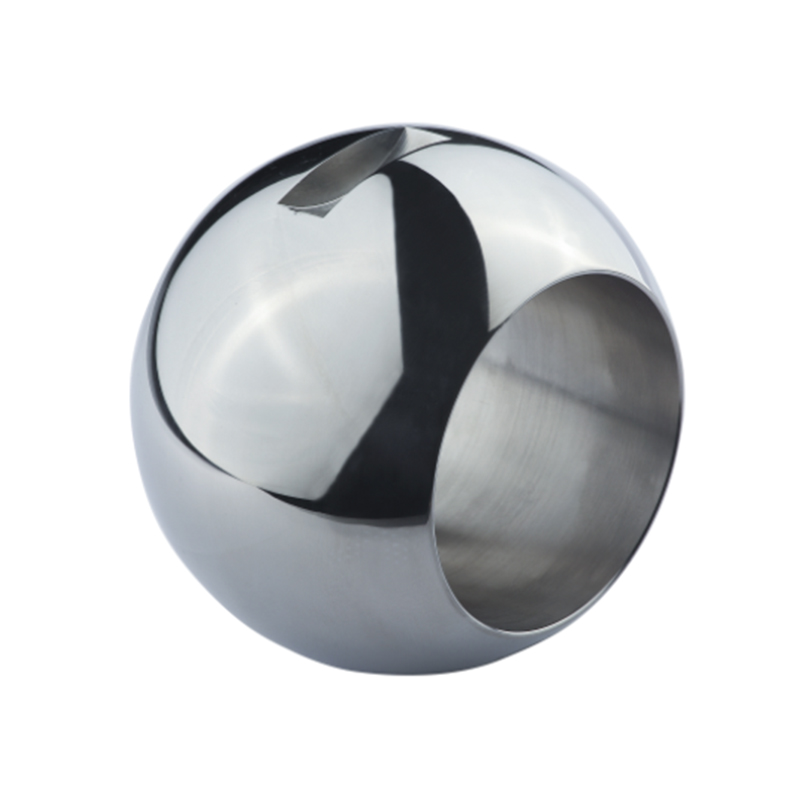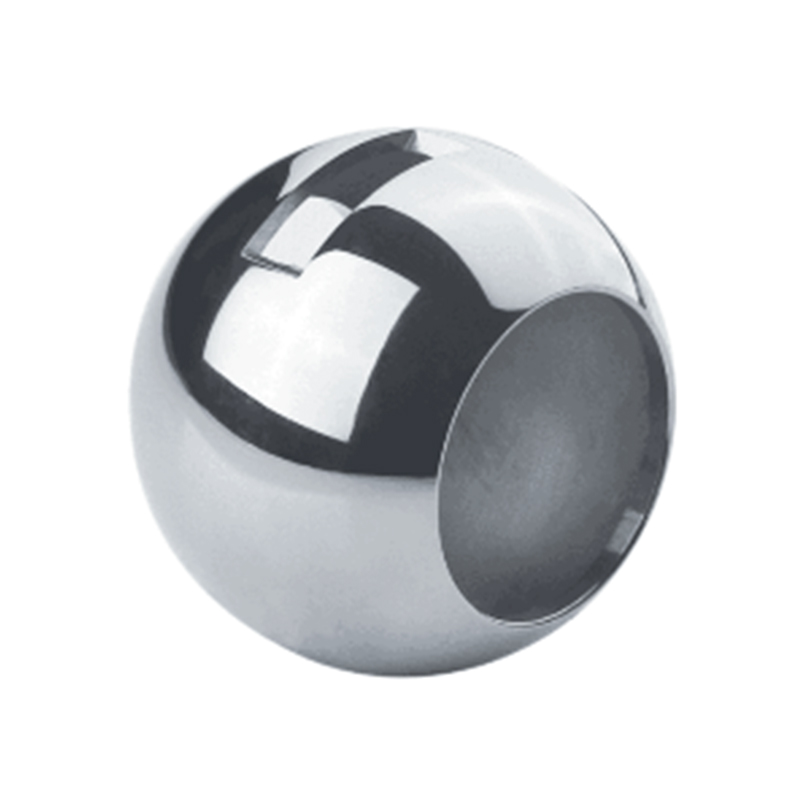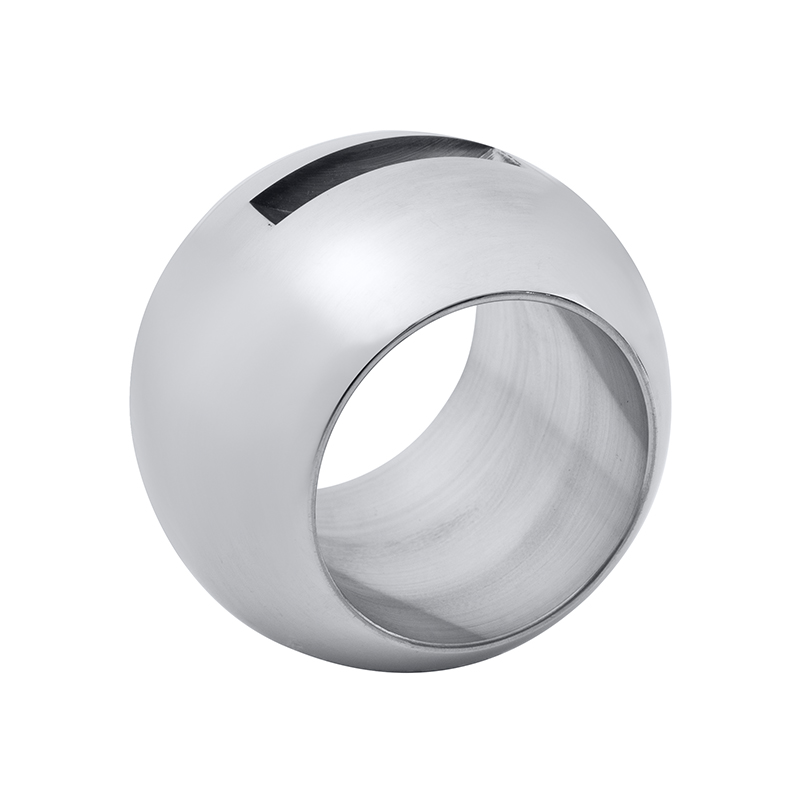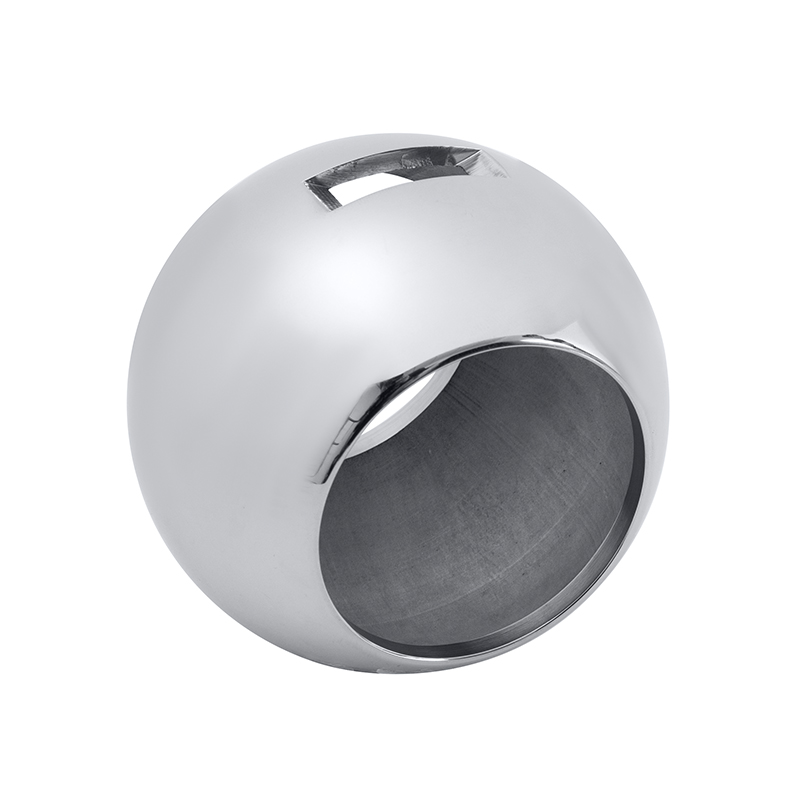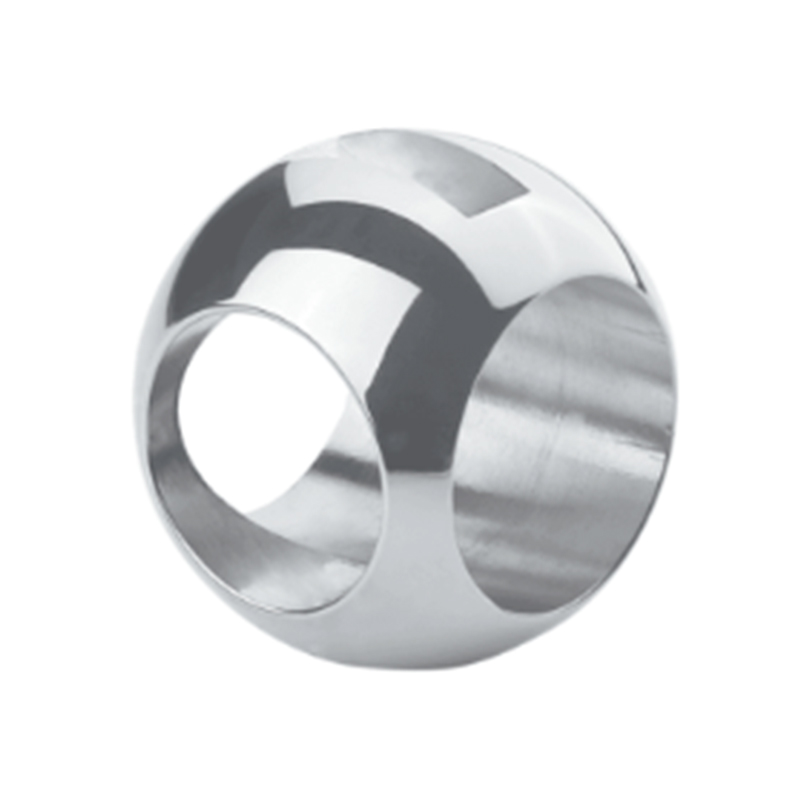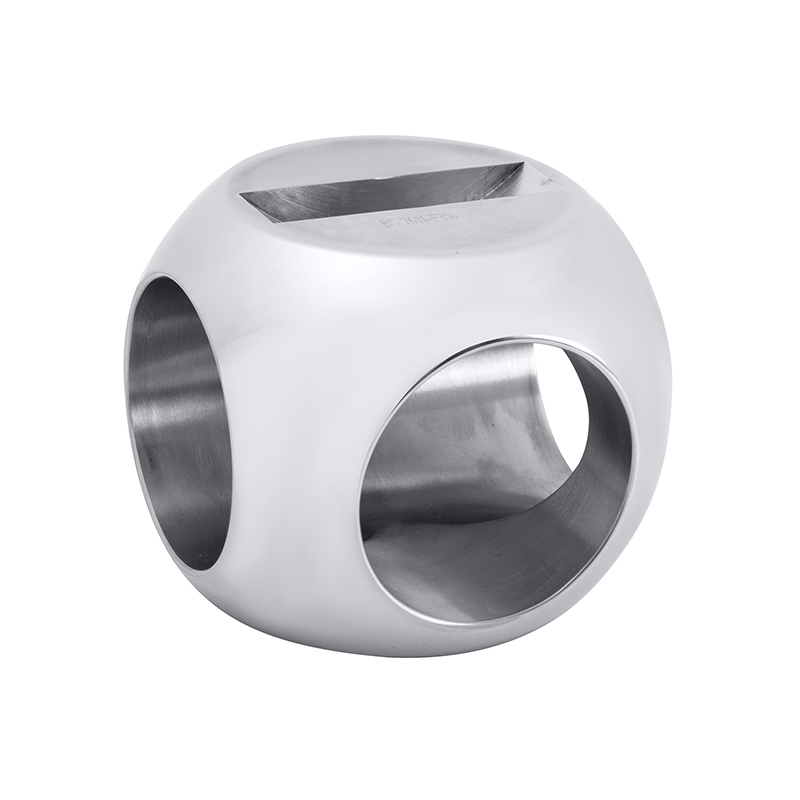Whether incorporated in hollow ball valves or 3 way ball valves, valve balls are often exposed to varying temperatures during operation. These thermal conditions can cause expansion, distortion, or microstructural changes in the materials used, impacting the sealing capability and overall valve functionality. For industrial valve manufacturers, maintaining dimensional consistency under thermal stress is both a design and production challenge that directly relates to product longevity and performance in diverse environments.
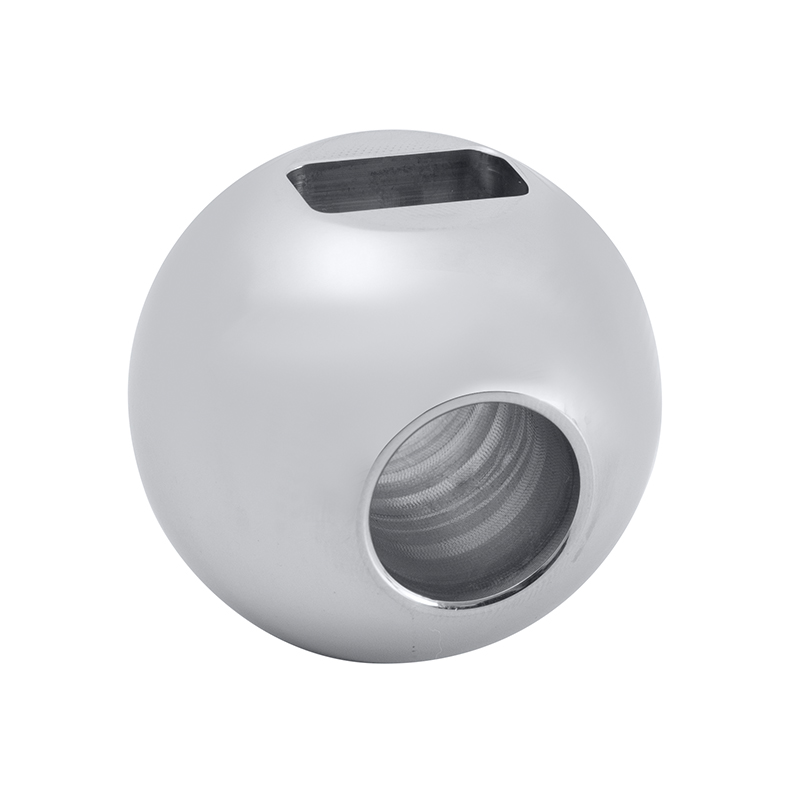
Thermal Stress and Valve Ball Behavior
Thermal stress occurs when materials expand or contract due to temperature changes, especially when such changes are rapid or uneven. In the context of valve balls, this expansion can affect both the spherical integrity and surface alignment, pilot to leakage, reduced control precision, or complete valve failure. The problem becomes more prominent in high-temperature applications such as steam pipelines, chemical reactors, and oil and gas systems.
Valve balls are expected to retain their geometric integrity even after repeated heating and cooling cycles. The issue becomes especially sensitive in hollow ball valve designs, where the internal void can behave differently under thermal exposure compared to solid counterparts. Differences in expansion rates between the inner and outer surfaces of the ball can introduce internal stress, which may advance to warping or cracks if not properly accounted for during design and manufacturing.
Materials and Manufacturing Considerations
Industrial valves manufacturers often use stainless steel, alloy steels, or corrosion-resistant metals to produce valve balls. However, not all metals perform the same under thermal influence. The coefficient of thermal expansion, thermal conductivity, and microstructure stability are key factors in material selection. Low-expansion alloys or thermally stabilized stainless steel are frequently chosen to reduce the effects of dimensional fluctuation.
In addition to material choice, manufacturing techniques such as precision CNC machining and controlled heat treatments are essential for ensuring that the valve ball maintains its tolerances over time. In the case of hollow ball valves, manufacturers must carefully control wall thickness and internal surface finishing to prevent uneven expansion during thermal cycling.
For 3 way ball valve manufacturers, the design complexity adds another layer of challenge. A 3 way ball valve often contains a T- or L-shaped port inside the ball, requiring precise alignment for effective operation. Any dimensional deviation due to thermal stress can misalign the internal ports, pilot to poor flow direction control, or internal leakage.
Design Strategies for Dimensional Stability
Industrial valve manufacturers address thermal stress issues through a combination of material science, mechanical engineering, and computational simulations. Finite element analysis (FEA) is frequently used to model the thermal response of valve balls under expected operating conditions. This helps identify stress concentration areas and evaluate whether the design will maintain integrity throughout its service life.
Surface treatments and coatings may also be employed to improve thermal resistance and reduce oxidation at high temperatures. For example, applying a thermal barrier coating can protect the surface of valve balls used in steam or high-temperature fluid systems.
In hollow ball valve design, strategic placement of support ribs or wall reinforcements can enhance structural stability without significantly increasing weight. Internal pressure considerations must also be accounted for, as gas or fluid trapped inside the hollow section may expand when heated, contributing to internal stress.
Application Impact and Quality Assurance
In industries where temperature variation is routine, such as power generation, chemical processing, and refineries, maintaining the dimensional stability of valve balls is not optional—it is essential. Even a minor deviation can compromise system integrity or cause unplanned downtime.
To ensure dimensional consistency, 3 way ball valve manufacturers and hollow ball valve suppliers implement rigorous quality control measures. These include dimensional inspection using coordinate measuring machines (CMM), roundness testing, and thermal cycling simulation during prototyping. Only through such practices can long-term reliability be achieved under thermal load.
Dimensional stability under thermal stress is a foundational requirement for high-quality valve balls in today’s industrial systems. Both hollow ball valve designs and 3 way ball valve configurations must meet strict dimensional criteria to function effectively under thermal influence. Industrial valve manufacturers must consider material properties, design geometry, and manufacturing precision to mitigate the effects of thermal expansion. Through careful engineering and consistent quality control, it is possible to produce valve balls that remain stable, precise, and reliable across a wide range of temperature conditions.

 English
English Español
Español Deutsch
Deutsch
